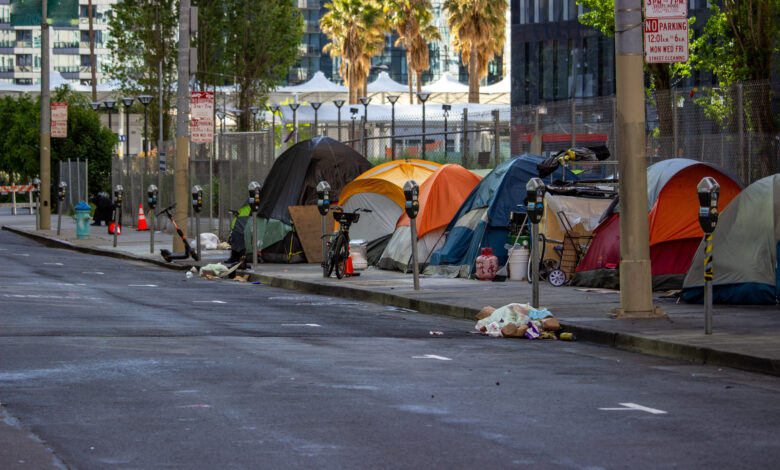São Paulo’s Innovative Approach to Housing Its Homeless

São Paulo, one of Brazil’s largest and most populous cities, is known for its vibrant culture, sprawling skyline, and bustling streets. However, beneath the glitz and glamour, a pressing issue persists: homelessness. As the city grapples with an escalating homelessness crisis, innovative solutions are emerging, providing hope for the thousands of families forced to seek refuge on its streets.
The “minhocão,” São Paulo’s iconic elevated highway that winds through the city, has long dominated its skyline. Although officially named the Elevado Presidente João Goulart, locals affectionately refer to it as the minhocão, a nod to a mythical forest-dwelling beast. While this architectural marvel stands tall, it also serves as a shelter for an increasing number of homeless individuals and families.
Rising rent prices and economic hardships have forced many São Paulo residents onto the streets, where they often seek shelter beneath the minhocão.
São Paulo authorities estimate that roughly 34,000 people are experiencing homelessness this year, while figures from the Federal University of Minas Gerais suggest the number could be closer to 50,000. Disturbingly, the homeless population has surged by more than 31% since the onset of the pandemic, with family homelessness increasing by a staggering 111%, according to the city council.
Traditional strategies such as soup kitchens and shelters are struggling to cope with the growing demand. To address this crisis, São Paulo has implemented a new temporary solution: micro-houses. The first micro-house village emerged near the Tiete River in the Canindé neighborhood, home to one of São Paulo’s original favelas. Here, around 20 families now reside in compact living spaces, resembling shipping containers, each measuring 18 sq m. A communal square with a playground fosters a sense of community, where children play while parents watch from benches.
The city aims to construct 1,000 such micro-houses across São Paulo by year-end, providing housing for 4,000 people. This initiative is rooted in the internationally recognized concept of “Housing First,” where secure housing is considered the initial step toward helping individuals regain stability.
Daniela Martins, a resident of one of these micro-houses, explains how her family of four shares their 18 sq m home. Facing hardships due to job losses during the pandemic, Daniela and her husband, Rafael, found themselves without a home. They spent eight months in a shelter before being offered this opportunity. For them, these micro-houses represent a chance to reintegrate into society and reclaim their dignity.
The stigma associated with homelessness complicates the process of rebuilding one’s life. Experts from homeless charities emphasize that the loss of a home often brings unjust judgments. In São Paulo, this crisis has evolved beyond single individuals to encompass entire families living on the streets.
Professor Raquel Rolnik, from the Faculty of Architecture and Urban Planning at the University of São Paulo, highlights the micro-houses’ potential drawbacks. She notes concerns about the clustered nature of these tiny homes, potentially forming isolated communities. Rolnik advocates for better urban planning, including the repurposing of abandoned buildings to address housing shortages.
Brazil, notorious for its inequality and sprawling favelas, has seen even these informal settlements become unaffordable for many residents. Land originally occupied freely becomes commodified over time, adding to the housing crisis.
São Paulo’s largest favela, Paraisópolis (Paradise City), is ironically named. Residents like Eliane Carmo da Silva live in cramped quarters with mold-covered walls, paying $73 per month for a space just large enough for essential amenities. Despite the challenges, Eliane clings to her dreams, hoping for a better future.
While São Paulo’s micro-houses represent a step in the right direction, they are not without criticism. However, the city’s willingness to tackle the housing issue offers a glimmer of hope to the many families fighting to escape homelessness and rebuild their lives.





